For some of us, unused hardware lying around just calls to be used. It seems like [Miles Goodhew] heard the call, and wanted to put a Dell Wyse 3040 thin client to use — in this case as a wireless router. It seems simple enough. OpenWrt supports x64_64 targets, and the thin client has 2G of ram and 8G of flash. It should make for a very capable router.
And before you tell us that it’s just another computer, and that installing OpenWrt on a miniature x86 machine isn’t a hack, note that there were some speedbumps along the way. First off, the motherboard has integrated storage, with the not-very-useful ThinLinux installed, and the system BIOS locked down to prevent reinstall. There is a BIOS clear button on the system’s diminutive motherboard. With the BIOS lock out of the way, a real Linux system can be installed on the small 8 GB mmcblk device.
The next issue the the CPU. It’s an Intel Atom x5 z-series. OpenWrt won’t actually boot on that oddball, not-quite- processor, so [Miles] opted to install Fedora and test via virtualization instead. If that statement makes you do a double-take, you’re not alone. The initial explanation sounded like the mobile-centric processor was missing instructions to make OpenWrt run, but virtualization doesn’t add any instructions for a guest to use. It turns out, the problem is a missing serial port that OpenWrt uses as a debugging output by default.
After a custom OpenWrt compile, the device comes up just as you’d expect, and while it would be underpowered as a desktop, OpenWrt runs happily shuffling bits from Ethernet to wireless adapter at respectable speeds. As [Miles] points out, there’s nothing ground-breaking here, but it’s nice to have the details on re-using these machines compiled in one place. And if you too love the idea of putting OpenWrt in places where nobody intended, we’ve got you covered.

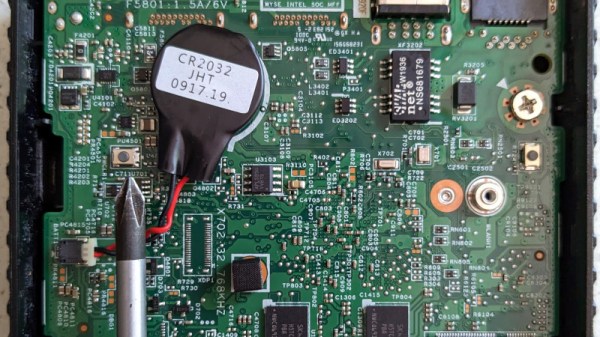
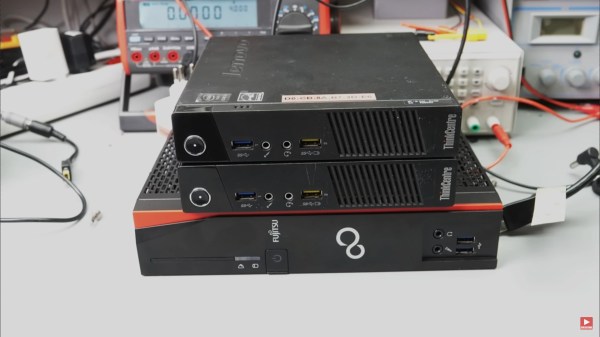
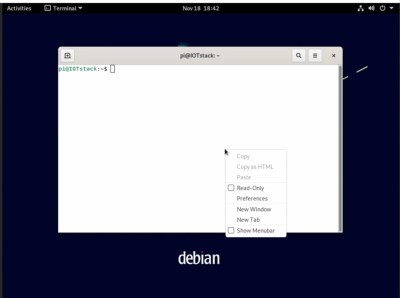
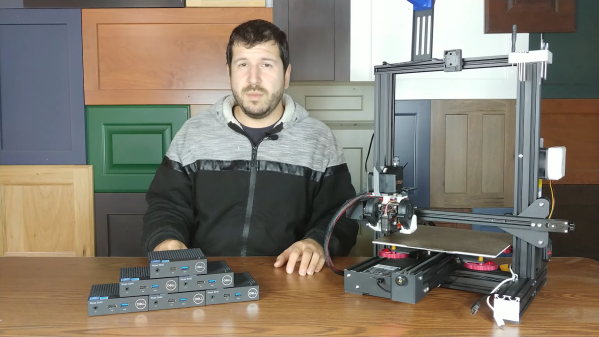

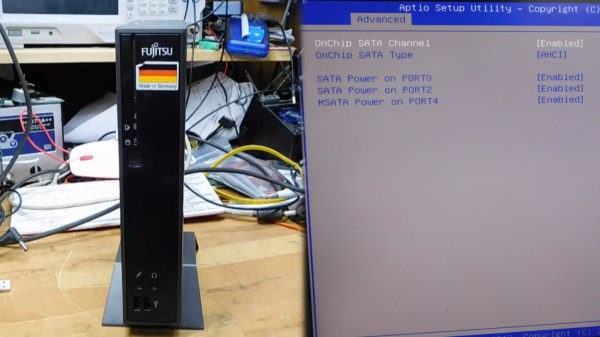

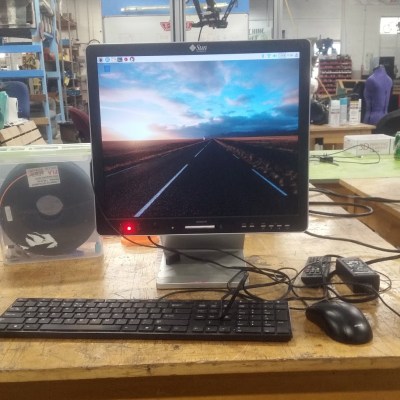 Even though thin clients never took the world by storm, it is still not unusual to encounter the hardware once it has outlived its usefulness. A surplus Sun Ray 270 all-in-one thin client came [Evan Allen]’s way, and to make something useful from it
Even though thin clients never took the world by storm, it is still not unusual to encounter the hardware once it has outlived its usefulness. A surplus Sun Ray 270 all-in-one thin client came [Evan Allen]’s way, and to make something useful from it 










